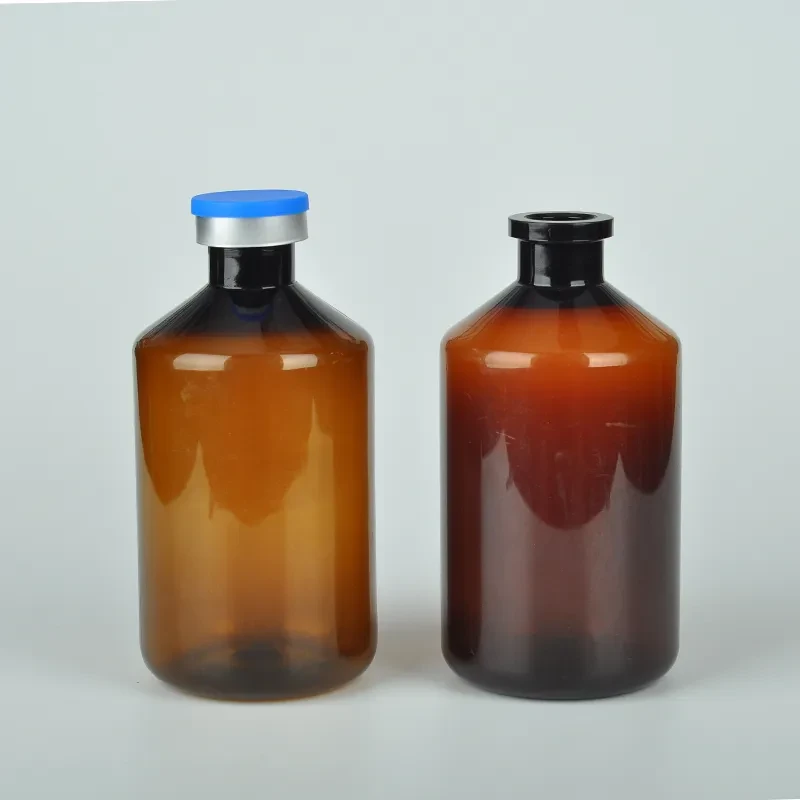
-
 Afrikaans
Afrikaans -
 Albanian
Albanian -
 Amharic
Amharic -
 Arabic
Arabic -
 Armenian
Armenian -
 Azerbaijani
Azerbaijani -
 Basque
Basque -
 Belarusian
Belarusian -
 Bengali
Bengali -
 Bosnian
Bosnian -
 Bulgarian
Bulgarian -
 Catalan
Catalan -
 Cebuano
Cebuano -
 Corsican
Corsican -
 Croatian
Croatian -
 Czech
Czech -
 Danish
Danish -
 Dutch
Dutch -
 English
English -
 Esperanto
Esperanto -
 Estonian
Estonian -
 Finnish
Finnish -
 French
French -
 Frisian
Frisian -
 Galician
Galician -
 Georgian
Georgian -
 German
German -
 Greek
Greek -
 Gujarati
Gujarati -
 Haitian Creole
Haitian Creole -
 hausa
hausa -
 hawaiian
hawaiian -
 Hebrew
Hebrew -
 Hindi
Hindi -
 Miao
Miao -
 Hungarian
Hungarian -
 Icelandic
Icelandic -
 igbo
igbo -
 Indonesian
Indonesian -
 irish
irish -
 Italian
Italian -
 Japanese
Japanese -
 Javanese
Javanese -
 Kannada
Kannada -
 kazakh
kazakh -
 Khmer
Khmer -
 Rwandese
Rwandese -
 Korean
Korean -
 Kurdish
Kurdish -
 Kyrgyz
Kyrgyz -
 Lao
Lao -
 Latin
Latin -
 Latvian
Latvian -
 Lithuanian
Lithuanian -
 Luxembourgish
Luxembourgish -
 Macedonian
Macedonian -
 Malgashi
Malgashi -
 Malay
Malay -
 Malayalam
Malayalam -
 Maltese
Maltese -
 Maori
Maori -
 Marathi
Marathi -
 Mongolian
Mongolian -
 Myanmar
Myanmar -
 Nepali
Nepali -
 Norwegian
Norwegian -
 Norwegian
Norwegian -
 Occitan
Occitan -
 Pashto
Pashto -
 Persian
Persian -
 Polish
Polish -
 Portuguese
Portuguese -
 Punjabi
Punjabi -
 Romanian
Romanian -
 Russian
Russian -
 Samoan
Samoan -
 Scottish Gaelic
Scottish Gaelic -
 Serbian
Serbian -
 Sesotho
Sesotho -
 Shona
Shona -
 Sindhi
Sindhi -
 Sinhala
Sinhala -
 Slovak
Slovak -
 Slovenian
Slovenian -
 Somali
Somali -
 Spanish
Spanish -
 Sundanese
Sundanese -
 Swahili
Swahili -
 Swedish
Swedish -
 Tagalog
Tagalog -
 Tajik
Tajik -
 Tamil
Tamil -
 Tatar
Tatar -
 Telugu
Telugu -
 Thai
Thai -
 Turkish
Turkish -
 Turkmen
Turkmen -
 Ukrainian
Ukrainian -
 Urdu
Urdu -
 Uighur
Uighur -
 Uzbek
Uzbek -
 Vietnamese
Vietnamese -
 Welsh
Welsh -
 Bantu
Bantu -
 Yiddish
Yiddish -
 Yoruba
Yoruba -
 Zulu
Zulu
plastic petri dish sizes
Understanding Plastic Petri Dish Sizes A Comprehensive Guide
Plastic Petri dishes are essential tools in microbiology, used for culturing bacteria, fungi, and other microorganisms. These dishes, typically made from polystyrene, offer a sterile environment for growth and experimentation. As scientific research progresses and laboratories seek to refine their methodologies, understanding the different sizes of plastic Petri dishes becomes increasingly important. This article explores the common sizes, their applications, and considerations for selecting the right dish for your experiments.
Understanding Plastic Petri Dish Sizes A Comprehensive Guide
In addition to the 90 mm dishes, other commonly encountered sizes include the 60 mm and 100 mm dishes. The 60 mm dish is particularly useful for small-scale cultures or when working with limited amounts of sample material. This smaller size enables researchers to save on culture media while still achieving effective growth results. Conversely, the 100 mm Petri dish is larger and provides additional surface area for growth, catering to experiments that require more space or higher quantities of sample material.
plastic petri dish sizes

For specialized applications, researchers may also utilize larger sizes such as 150 mm or even 200 mm Petri dishes. These larger dishes are especially beneficial in industrial settings or large-scale experiments where extensive microbial growth is necessary. They are equipped to accommodate higher volumes of media, making them suitable for projects like antibiotic efficacy testing or large microbiological studies.
When selecting the appropriate size of Petri dish, factors such as the type of microorganism, the viability of the culture, and the experimental requirements should be considered. For instance, smaller Petri dishes may be preferred for experiments using rare or valuable cultures that require containment and careful observation. On the other hand, larger dishes facilitate easier isolation and observation of colonies for studies focused on microbial interactions or population dynamics.
Moreover, the choice of Petri dish size also impacts the efficiency of the lab workflow. Standard sizes such as 90 mm are easily stacked and stored, conserving valuable laboratory space. Additionally, many suppliers offer pre-sterilized dishes, minimizing contamination risks and enhancing the reliability of experimental results.
In summary, understanding the different sizes of plastic Petri dishes is essential for any microbiologist or researcher. From standard 90 mm dishes to larger options, each size serves specific purposes in culturing microorganisms. By selecting the appropriate dish based on experimental needs, researchers can optimize their workflows and improve the quality of their results, thereby contributing to advancements in microbiological research.
-
PTFE Centrifuge Tubes - Chemical Resistant, Leak-proof, Ideal for Laboratory UseNewsJul.05,2025
-
Premium Metal Dropper Bottle for Precise Dispensing 250ml & 1ml Options AvailableNewsJul.04,2025
-
20 ml Headspace Vials - High Quality Polyethylene & Plastic Vials for Lab UseNewsJul.04,2025
-
Small Bottle with Pipette - Precise Dispensing 100ml Pipette Bottles for Essential Oils & Lab UseNewsJun.24,2025
-
Acetic Anhydride Bottle for Accurate Dropper Measurement in Pharmacy Use High-Quality Dropper BottlesNewsJun.10,2025
-
Innovative PET Bottle Design for Juice – Unique Shapes & Customization OptionsNewsJun.10,2025






















